#jean-marc lofficier
Explore tagged Tumblr posts
Text

Cheetah from WONDER WOMAN: THE BLUE AMAZON (2003)
#Cheetah#Wonder Woman#DC Comics#The Blue Amazon#Ted McKeever#Randy Lofficier#Jean-Marc Lofficier#2003#Elseworlds
8 notes
·
View notes
Text
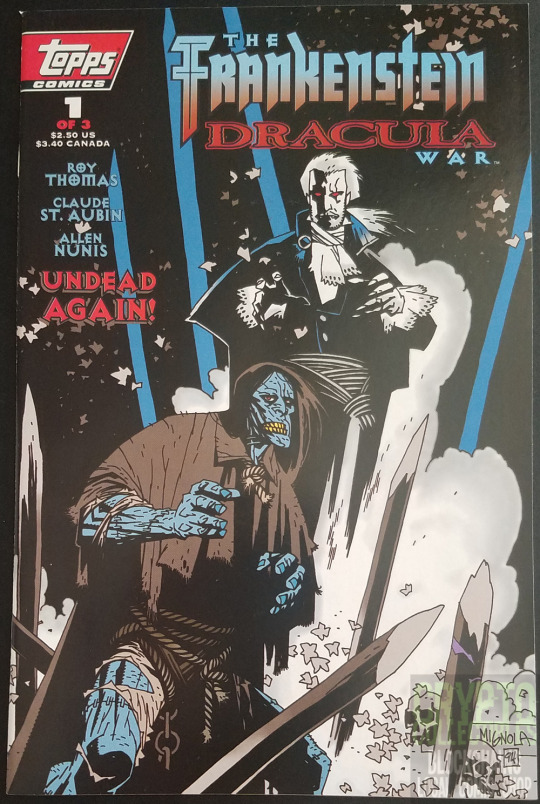
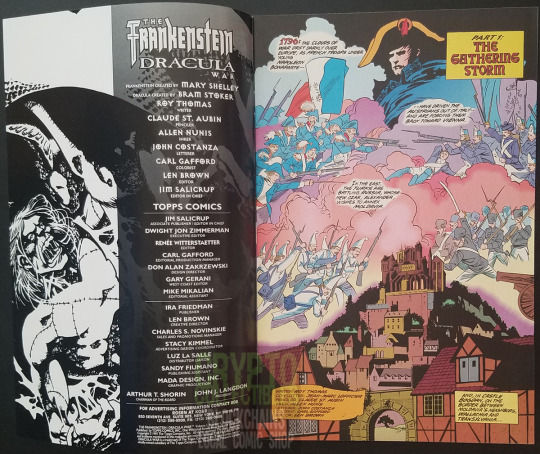



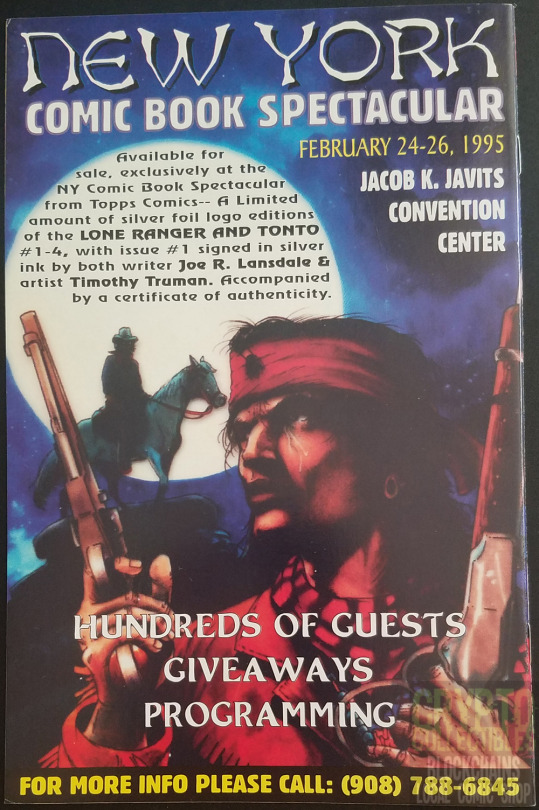

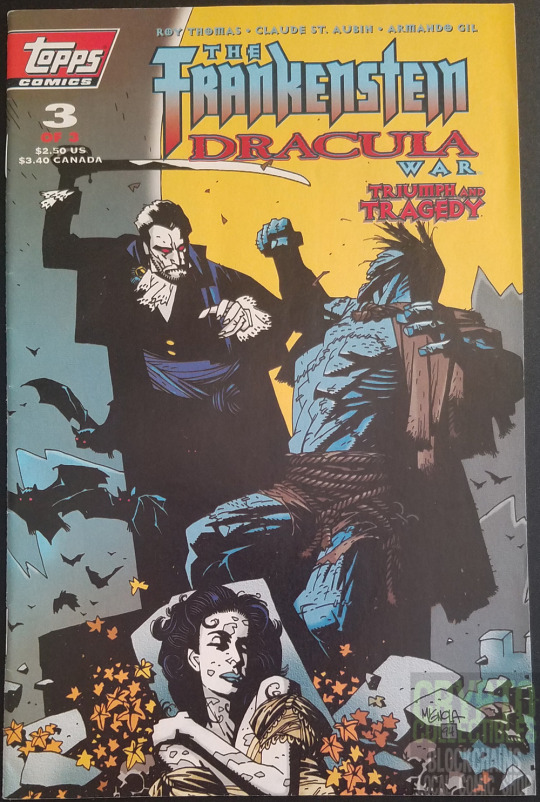
The Frankenstein Dracula War 3 Issue Complete Set (1995) by Topps Comics
Written by Roy Thomas and Jean-Marc Lofficier, drawn by Claude St. Aubin and Allen Nunis, covers by mike Mignola..
#The Frankenstein Dracula War#Frankenstein#Dracula#1995#Topps#Topps COmics#Mike Mignola#Roy Thoams#Jean-Marc Lofficier#Claude St. Aubin#Allen Nunis#1796#Napoleon Bonaparte#Count Bogdan#Castle Dracula#Victor Frankenstein
9 notes
·
View notes
Text



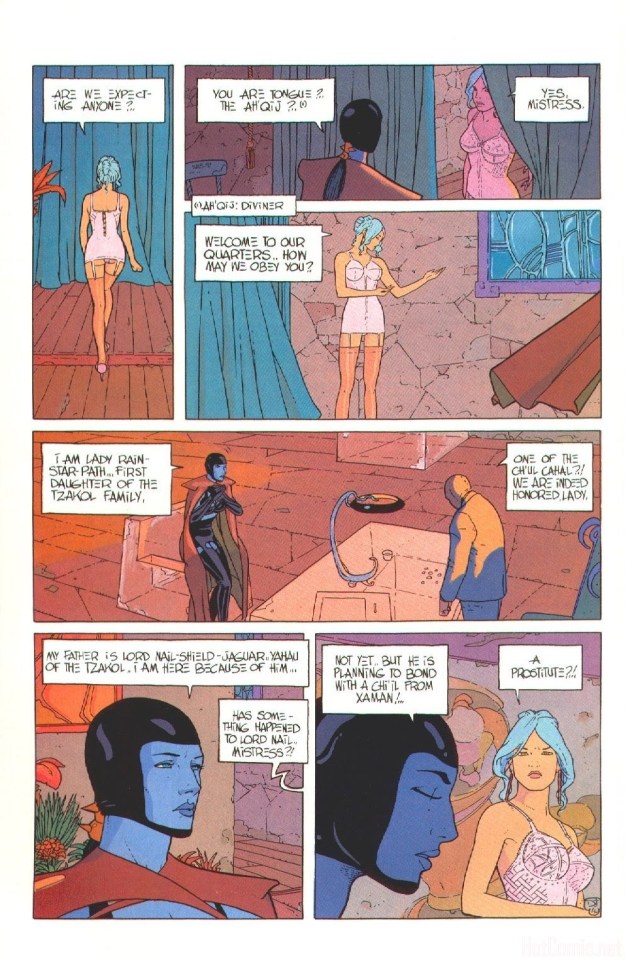


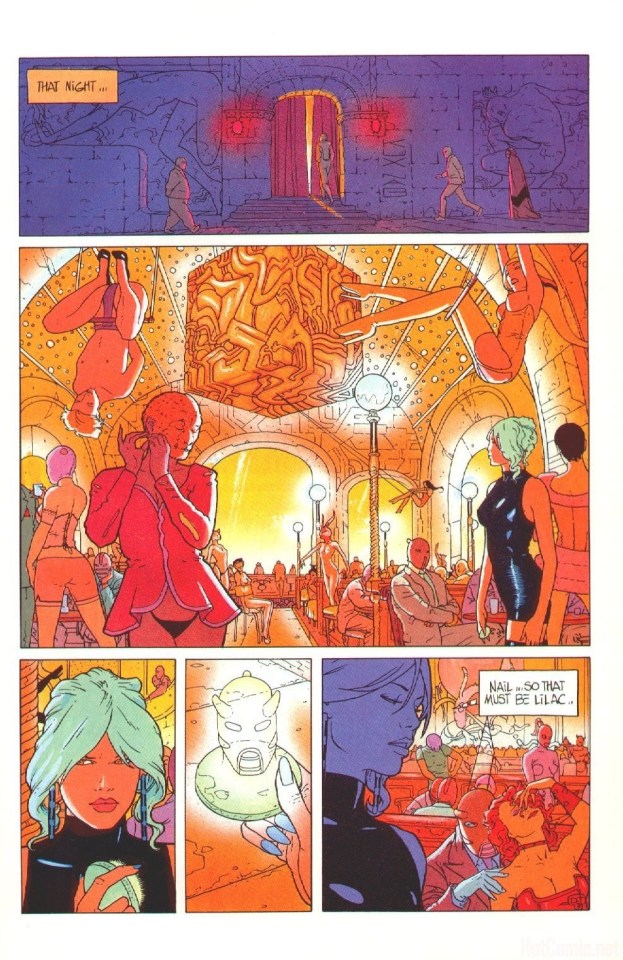

Tongue • Lash #1: The Serpent's Tooth
by Randy Lofficier; Jean-Marc Lofficier;Dave Taylor;Scarlett Smulkowski
Dark Horse
70 notes
·
View notes
Text

Map from Moebius' Arzach novel by Jean-Marc & Randy Lofficier.
5 notes
·
View notes
Text
Free to Borrow Books about Tintin and Hergé
The only requirement is to make an Internet Archive account. (If you already have an account, check if it was compromised in the recent hack and change your password.) Note that this is in no way a comprehensive list of works or an ideal Tintinology primer, just the books that have been made available on the archive, which also means that it contains everything from picture books to highly academic texts. However, I've marked with a * the books I think are best to start with.
Includes works in both English and French (plus a few in Spanish). Please don't hesitate to ask if you have questions!
General reference
Tintin and the world of Hergé Benoît Peeters, 1989*
Tintin, Hergé and his creation Harry Thompson, 1991
Tintin: The Complete Companion Michael Farr, 2001*
The Pocket Essential Tintin (1st ed.) / (2nd ed.) Jean-Marc & Randy Lofficier, 2002 / 2007
Les mystères du Lotus Bleu Pierre Fresnault-Desruelle, 2006
Captain Haddock Thompson and Thomson Professor Calculus Rastapopoulos (FR) Tchang (FR) Michael Farr, 2007
Figurines Tintin: La Collection Officielle Daniel Couvreur, Frédéric Soumois, & Dominique Maricq, 2012-2015
Hergé Dada magazine, 2016
Catalogues
Hergé, 1922-1932 : les debuts d'un illustrateur ed. Benoît Peeters, 1987
Hergé dessinateur ed. Pierre Sterckx & Benoît Peeters, 1988
The adventures of Tintin at sea Yves Horeau, 2004
Musée Hergé / Tintin : the art of Hergé Michel Daubert, 2013*
L'univers du createur de Tintin Artcurial, 2023
Biography
Hergé : portrait biographique Thierry Smolderen & Pierre Sterckx, 1988
Entretiens avec Hergé / Conversations with Hergé (excerpts) Numa Sadoul, 1989*
Hergé / Hergé: The Man Who Created Tintin (abridged translation) Pierre Assouline, 1996
Les Aventures d'Hergé / The Adventures of Hergé Jean-Luc Fromental, José-Louis Bocquet, & Stanislas, 1999
Hergé, fils de Tintin / Hergé, son of Tintin Benoît Peeters, 2002
The adventures of Hergé, creator of Tintin Michael Farr, 2007
Hergé: lignes de vie Philippe Goddin, 2007
Analysis
Le Monde de Tintin Pol Vandromme, 1959
Tintin chez le psychanalyste Serge Tisseron, 1985
Hergé écrivain Jan Baetens, 1989
L’archipel Tintin A. Algoud, J.-M. Apostolidès, D. Cerbelaud, B. Peeters, P. Sterckx, 2003
Tintin and the secret of literature Tom McCarthy, 2008
Les Secrets d'Hergé dessinateur Bruno Cassiers, 2022
Fiction & Novelizations
Ma vie de chien Ariane Valadié, 1994
Tintin in the new world / Tintin en el nuevo mundo François Tuten, 1996
La vie cachée de Tintin Henri Roanne-Rosenblatt, 2005
Petit dictionnaire énervé de Tintin Albert Algoud, 2010
The Adventures of Tintin: a novel / Les Aventures de Tintin: le roman du film / Las aventuras de Tintín Alex Irvine, 2011
The adventures of Tintin : the chapter book (print disability borrow only) / Les aventures de Tintin: l'album du film Stephanie Peters, 2011
Tintin's daring escape / Les évadés du Karaboudjan / Fuga temeraria Danger at sea / Peligro en el mar The mystery of the missing wallets Kirsten Mayer, 2011
Trivia
Êtes-vous tintinologue? François Hébert, 1983
Tintin and Snowy Big Activity Book Guy Harvey & Simon Beecroft, 2006
66 notes
·
View notes
Text


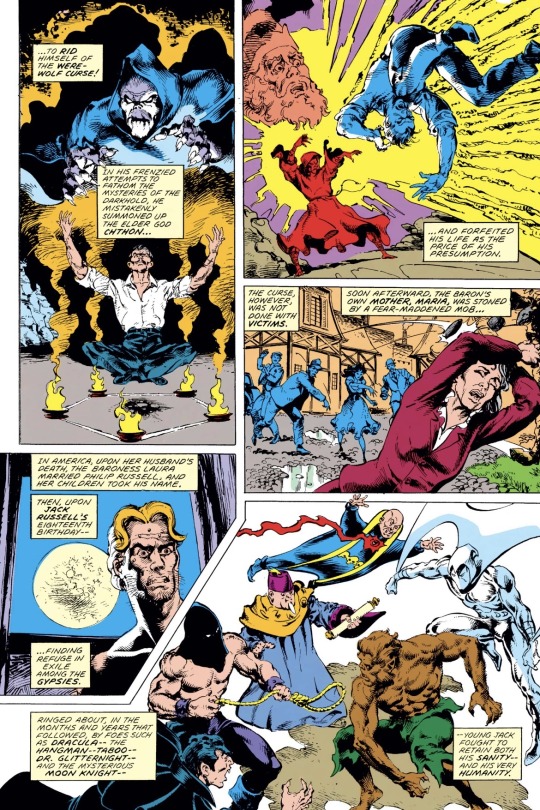

JACK RUSSELL in DOCTOR STRANGE, SORCERER SUPREME (1988) #27 by DANN THOMAS, JEAN-MARC LOFFICIER, RANDY LOFFICIER, and ROY THOMAS
#marvel#doctor strange#werewolf by night#moon knight#comics#jack russell#stephen strange#marvel comics#wwbn#wbn#not my favorite origin of jacks father but this is a pretty good recap#i like the idea of his werewolf form getting fucked up by the ‘treatment’ and making him look more monstrous#but peak design is honestly the og / live action design
9 notes
·
View notes
Text

“The Book of the Vishanti: Legacy of the Wolf Part II,” Doctor Strange: Sorcerer Supreme (Vol. 1/1988), #27.
Writers: Roy Thomas, Dann Thomas, and Jean-Marc Lofficier; Penciler and Inker: Geoff Isherwood; Colorist: Paul Becton; Letterer: Artie Simek
#Marvel#Marvel comics#Marvel 616#Doctor Strange: Sorcerer Supreme#Moon Knight comics#Moon Knight#Marc Spector#Werewolf by Night#Jack Russell#it’s a shame that the original phrase is tied to reactionary extremists because#«reject modernity; return to tradition (of bullying Jack)» would be so funny here#Moon Knight’s roots of messing with a werewolf#also the main story in this issue is titled «Possession is 9/10 of the Logarithm» and I just????#a Thomas Draxe reference? in my comic book?
14 notes
·
View notes
Text
Continuing to promote my work...
"The Vampire and the Air Pirate" (included in THE LAST TALES OF THE SHADOWMEN 20: FIN DE SIECLE, Jean-Marc and Randy Lofficier, eds., Black Coat Press, 2023)
The Last Tales of the Shadowmen 20: Fin de Siecle

2 notes
·
View notes
Text
Reinterpreting the Justice League as Retro Horror and Sci-Fi Films
Inspiration taken from Randy and Jean-Marc Lofficier’s trilogy of German Expressionist Elseworlds stories and Dan Abnett and Andy Lanning’s The Superman Monster.
The Dark Night (1939): On an evening in Victorian England, a man is fished out of a river, laughing uncontrollably and gibbering to himself about an enormous bat and the coming of night. He is taken to the Arkham Psychiatric Institute, and the next morning it is discovered that he has complete amnesia and cannot remember any details of his past, nor what his ravings the previous evening meant.
When a wealthy gentleman who is interested in financing the institute visits, the patient begins to have terrible nightmares and hear voices whispering to him from the dark. Soon, orphan children around London begin to go missing, and the patient realizes this wealthy gentleman is, in fact, a vampire. He desperately tries to inform the doctors, but they dismiss him, all while the patient struggles with his mental anguish and resisting the compulsion to join the vampire’s dark crusade.
The day is the his only refuge, until children begin visiting him to laugh at and mock him. He realizes these are thralls of the vampire that he sends to further his agenda during daylight hours, and over the coming weeks his health deteriorates as he lapses back into his half-nervous, half-euphoric laughing tic. Finally, when he can bear it no longer, he resolves to break out of the asylum and kill the vampire himself. The movie ends with ambiguity over whether the man really was a vampire or if the patient was experiencing delusions.
Übermensch (1938): In a quest to create the next stage of our evolution, Dr. Alexander Luther goes to cemeteries around the continent to steal body parts from the most physically and mentally fit humans Europe has ever known. Finally, he returns to his hometown’s church, Our Lady of Mercy, to excavate the body of a beloved friend who died in boyhood.
After digging up the Mercy graves, he removes his friend’s heart and implants it into his creation’s chest before bringing it to life. Luther rejoices at his scientific accomplishment, before realizing that the creature’s sense of morality is completely alien, and it puts no value on human life. Seeing that he has created a monster, Luther vows to destroy it.
Though he designed the Übermensch to be indestructible, he ultimately defeats it by appealing to the memories of innocence and virtue left in his childhood friend’s heart. While the creature has its guard down, he then pushes it into the frigid waters of the arctic, encasing it in ice forevermore.
Wolf Woman (1941): When her estranged father dies, heiress Minerva Rich travels to his home in Greece to have his will sorted out. Shortly after they arrive, a spate of attacks attributed to a large dog occur, but Rich thinks nothing of it until the night she is walking home and is accosted by an enormous lupine beast. No one believes her account until she brings the story to the secretary of her father’s lawyer, whom she has befriended.
At the secretary’s recommendation, Minerva goes to Circe, a mysterious woman living on the outskirts of town who tells her the legend of the werewolf— how when the Greek gods were displeased with someone, they would curse them to transform into a terrible beast by the light of the moon*.
Circe then opens a tome and tells Minerva of an Ancient Greek queen who was barren and begged the gods for a child. The gods agreed, on the condition that on the girl’s eighteenth birthday, she be given up to them. But when the child’s birthday came, her mother refused to let her go, and the gods forcibly took the girl, telling her mother that the child would become an unstoppable warrior, feared by all… but at a terrible price. Since then, the princess has wandered Greece as a werewolf.
Circe gives Minerva an amulet of a cat’s head and says she can help her defeat the wolf, but just like with the gods, all gifts come at a cost. Minerva begins noticing strange feelings of rage and physical changes in the coming nights, until the film’s climax, when she transforms into a panther-woman. Her and the werewolf have a dreadful fight that ends with Minerva piercing the wolf’s heart when both are caught in a snare trap set by the townspeople. As the sun rises, the werewolf transforms into Minerva’s secretary friend and rapidly ages before crumbling into dust in front of her very eyes.
*This isn’t really accurate. I’m going for the old horror trope of “Yeah, it’s an ancient legend that dates all the way back to a week ago when we were in the writer’s room.”
#roll the bones#bones’ writing#batman#the joker#superman#lex luthor#wonder woman#the cheetah dc comics#circe dc comics#dc comics#classic horror#vampires#werewolves#frankenstein#i have many more after these three#but those can wait#dracula#the wolf man#classic monsters#horror
5 notes
·
View notes
Text
Robur: Eine moderne Hommage an Jules Verne und H.G. Wells "Robur" ist ein Comic, geschrieben von Randy Lofficier und Jean-Marc Lofficier und illustriert von Gil Formosa. Diese Serie basiert lose auf der Figur Robur aus Jules Vernes Roman "Robur der Eroberer" und entführt ihn in neue, aufregende Abenteuer. Die Comic-Trilogie umfasst drei Bände: Band 1: "De la Lune à la Terre" (Von der Mond zur Erde) In diesem Band wird die Erde von den Seleniten, einer Mondrasse aus H.G. Wells' Romanen, erobert. Robur der Eroberer führt die menschliche Widerstandsbewegung gegen die Invasoren an. Dieser Band kombiniert Science-Fiction-Elemente mit einer alternativen Geschichtsschreibung, die Robur als zentralen Helden darstellt. Band 2: "20.000 Ans sous les Mers" (20.000 Jahre unter den Meeren) Der zweite Band vertieft die Geschichte, indem er die Leser in die Tiefen der Ozeane führt. Robur kämpft weiterhin gegen die Seleniten und nutzt dabei fortschrittliche Unterwassertechnologien. Dieser Band ist eine Hommage an Jules Vernes "20.000 Meilen unter dem Meer" und erweitert das Universum von Robur um maritime Abenteuer. Band 3: "Voyage au Centre de la Lune" (Reise zum Zentrum des Mondes) Im finalen Band der Trilogie führt Robur eine Expedition zum Mond, um das Herz der Invasion zu zerstören und die Erde zu befreien. Dieser Band verbindet Elemente aus H.G. Wells' und Jules Vernes Werken und liefert einen spannenden Abschluss der Serie. Illustrationen und visuelle Gestaltung Die Illustrationen von Gil Formosa sind detailreich und dynamisch, was die epischen Abenteuer von Robur zum Leben erweckt. Formosas Kunstwerk fängt die atmosphärische und abenteuerliche Stimmung der Serie perfekt ein und trägt maßgeblich zur Faszination der Geschichten bei. Veröffentlichung und Rezeption Die Serie wurde ursprünglich im französischen Verlag Albin Michel veröffentlicht und erschien sp��ter in englischer Sprache im Heavy Metal Magazin. Die "Robur"-Serie ist ein faszinierendes Beispiel für moderne Adaptionen klassischer Literaturfiguren und bietet eine Mischung aus Science-Fiction, Abenteuer und alternativer Geschichte, die Fans beider Genres begeistern wird. Fazit "Robur" von Randy Lofficier, Jean-Marc Lofficier und Gil Formosa ist eine beeindruckende Comic-Serie, die die klassischen Werke von Jules Verne und H.G. Wells aufgreift und in ein modernes, spannendes Format bringt. Mit detailreichen Illustrationen und einer packenden Handlung bietet diese Serie eine faszinierende Reise durch alternative Welten und epische Abenteuer.
0 notes
Text
Marion Lubréac - " SYNDROME 47 -Les testaments du mal " Extrait : L’ACCIDENT.
Les éditions Rivière Blanche – La collection anticipation de Fleuve noir reviens. Considéré par certaines personnes comme la « mère » de toutes les collections de Science-Fiction Française, la collection Anticipation de Fleuve Noir revient au goût du jour sous les traits de Rivière Blanche. Extrait du site : « 1er septembre 2004 – Jean-Marc Lofficier […] vient d’annoncer le lancement d’un…

View On WordPress
0 notes
Photo

Doom Patrol by Mike Collins
#Doom Patrol#changeling#beast boy#mento#robotman#elasti-girl#The Chief#negative man#mike collins#DC comics#modern age#randy lofficier#marv wolfman#jean-marc lofficier
12 notes
·
View notes
Text


Frank Frazetta-Fantasy Illustrated #7: Phantom of Which Opera
by Randy Lofficier; Jean-Marc Lofficie and Timothy II
Quantum Cat Entertainment
#quantum cat entertainment#Frank Frazetta-Fantasy Illustrated#comics#anthology#timothy II#Jean-Marc Lofficier#Randy Lofficier
16 notes
·
View notes
Text
Barbarella Holiday Special
writer: Jean-Marc Lofficier artist: José Louis Ruiz Pérez cover: José Louis Ruiz Pérez FC | 48 pages | $5.99 | Mature
Comics legend Jean-Marc Lofficier (Mobius, Doctor Strange) steps aboard the Barbarella Cosmic Express to tell an intergalactic tale of Christmas and…murder?! Hélas, c’est vrai! Someone’s been given the ultimate gift, and jolly old St. Nick must figure out by whom. Enter the space siren for all holidays, Barbarella! Guest-starring France’s Hexagon Comics’ super-patriot hero: The Guardian of the Republic.
Barbarella Holiday Special preview. Someone’s been given the ultimate gift, and jolly old St. Nick must figure out by whom. Enter the space siren for all holidays, Barbarella! #comics Barbarella Holiday Special writer: Jean-Marc Lofficier artist: José Louis Ruiz Pérez cover: José Louis Ruiz Pérez…
1 note
·
View note
Text


Jean-Marc Lofficier on Blueberry in Marvel Age #96, January 1991
14 notes
·
View notes
Photo
Don't think I've heard of this but, I thought Doom had already freed his mother from Mephisto?


2 notes
·
View notes